When the Capital Law was passed, with increased decentralization for Hanoi , the work of relocating factories, schools, and hospitals had more conditions to be completed early, aiming for sustainable development, together with the whole country to realize the Era of Rising.
Urgent task
On average, each year, the capital's population increases by about 160,000 people, equivalent to a district. Population growth is putting pressure on the urban transport infrastructure system, health care, education , environment, and urban civilization. Therefore, urban rebalancing through the relocation of factories, universities, etc. to the outskirts of the capital is considered an urgent solution.
According to experts, the current system of offices of ministries and central agencies in the capital was mostly built in the 50s and 60s of the last century. Therefore, most of them are located in inner-city districts. Besides the convenience factor in business transactions and coordination between agencies, the fact that the system of agency headquarters is located in high-density residential areas has caused traffic congestion during rush hours and lack of accompanying urban services.
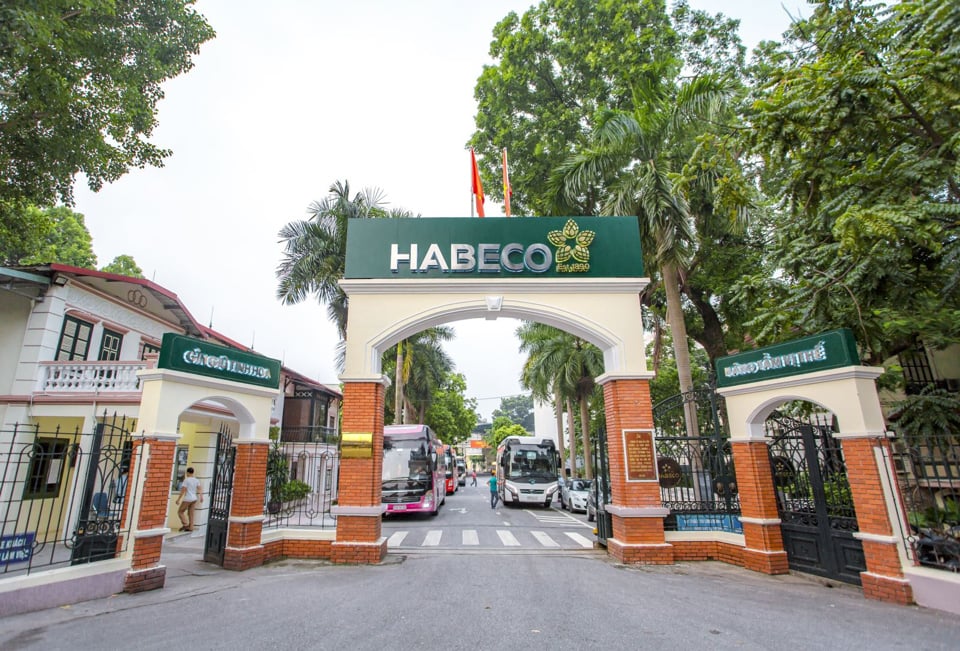
Regarding schools, up to 1/3 of the total number of universities and colleges and 40% of the total number of students nationwide are in Hanoi. However, the network of universities, colleges and vocational schools is increasingly revealing many weaknesses such as facilities not meeting training needs; a large number of students are concentrated in the inner city; the training model has not kept up with development needs. For example, Hanoi University of Science and Technology has an area of 34 hectares, according to the old planning to meet the scale of 2,000 students in the 60s of the 20th century. Up to now, the land area is less than half while the scale of students has increased 10 times.
According to the Chairman of the Vietnam Urban Planning and Development Association, Tran Ngoc Chinh: “The relocation of factories, medical facilities, and schools out of the center of the capital has great significance in Hanoi's urban planning. When the facilities are relocated to the suburbs, where there is still large land fund, the city will have newly built factory areas and modern schools not only for the immediate future but also for the long term. Meanwhile, the land area after relocation, the city can develop green spaces, parks, build urban infrastructure works... to reduce pressure on traffic and population”.
In 2011, the Prime Minister approved the Master Plan for Hanoi Capital Construction to 2030 with a vision to 2050, which mentioned the distribution and rearrangement of the university and college system in the inner city area. The goal was to reduce the load on technical and social infrastructure for the inner city. The land fund after the university relocation was used for public purposes serving the urban area. However, to date, only a few educational institutions have been relocated. Many experts believe that the reason for this delay is that some agencies have not resolutely carried out their tasks and have been slow to develop relocation plans. The second reason is that the budget for relocation and infrastructure investment and construction of new headquarters is still limited. In addition, there is no plan to mobilize resources outside the budget.
Close to reality
Associate Professor, Dr. Dinh Trong Thinh - Economic expert shared that to relocate schools, hospitals, and factories out of the inner city, many conditions are required. For example, universities and colleges, in addition to their own campuses, also require many accompanying services from swimming pools, stadiums to entertainment areas... to meet the needs of students after school hours. Or in industrial parks and factories, they require a design with a waste treatment area for water, solid waste, gas... at a very high cost. These factors are a difficult problem for many facilities when relocating. Moreover, the construction area must be designed to become a new, civilized, and modern area; this is a problem that requires Hanoi to have a priority mechanism, focusing on developing each civilized, modern satellite urban area with good connections to the central area and surrounding areas.
According to Associate Professor Dr. Nguyen Hieu - Vice President of Hanoi National University: "Investment in budget and site clearance is very difficult, so the construction of new facilities to serve the relocation is slow. The National University has 23 component projects but so far none of them have been successful."
Based on the above barriers, in order for the relocation work according to the planning orientation to be implemented, it is necessary to have practical solutions. For example, workers, doctors, teachers, pupils and students all need to travel, so transportation needs to be convenient. Hanoi has foreseen this and has calculated it in the planning.
Chairman of the Vietnam Urban Planning and Development Association Tran Ngoc Chinh said that in Xuan Mai, Hoa Lac, Son Tay and other localities in the capital region, in addition to the main transport system, public transport systems such as BRT and urban railways have been planned, taking into account the connection between universities, hospitals, and factories to the city center. However, in the coming time, we must solve the internal infrastructure system - connecting trees, water surfaces, and amenities (football fields, swimming pools, parks). If done well, Hanoi will spread the population out of the inner city, ensuring sustainable development.
Despite many difficulties, with the efforts and solutions proposed by Hanoi City, especially with the increase in decentralization and authority for Hanoi City as well as the new points on urban reconstruction and renovation of the Capital Law in 2024, people have a basis to believe in the change of Hanoi's urban appearance, more than anything, the expectation of solving the urgent needs of housing and public space of people in the process of improving the quality of life.
Chairman of the Vietnam Urban Planning and Development Association Tran Ngoc Chinh shared that Article 18 of the Capital Law clearly mentions the relocation of factories, medical facilities, and schools out of the inner city. The law clearly states who organizes and directs the implementation. The law clearly states the points that Hanoi can proactively do. This is a good opportunity for leaders, people, and the whole country to turn to Hanoi. I think that in the immediate future, we must carefully move factories, medical facilities, schools, and agencies that are in the planning area.
"We have policy mechanisms and the Capital Law, which is an opportunity for the city to invest, boldly clear land, and even build new facilities to invite schools, hospitals, and businesses to relocate. We need to be proactive in all situations," emphasized Tran Ngoc Chinh, Chairman of the Vietnam Urban Planning and Development Association.
For long-standing universities, we must retain a part to have “urban memory”, the old image of that school. That place can be a post-graduate research facility, with higher investment. The rest is handed over to Hanoi to solve the missing infrastructure such as parking, trees, service works to serve the people. The other facilities are still relocated according to the plan so that in the future, we will have modern universities.
Chairman of the Vietnam Urban Planning and Development Association Tran Ngoc Chinh
Source: https://kinhtedothi.vn/bao-gio-quy-hoach-di-vao-thuc-tien.html







![[Photo] Cat Ba - Green island paradise](/_next/image?url=https%3A%2F%2Fvphoto.vietnam.vn%2Fthumb%2F1200x675%2Fvietnam%2Fresource%2FIMAGE%2F2025%2F12%2F04%2F1764821844074_ndo_br_1-dcbthienduongxanh638-jpg.webp&w=3840&q=75)
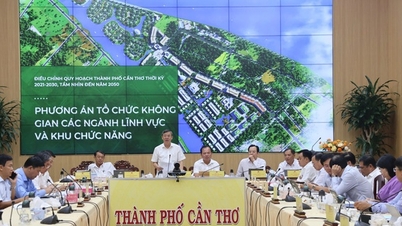



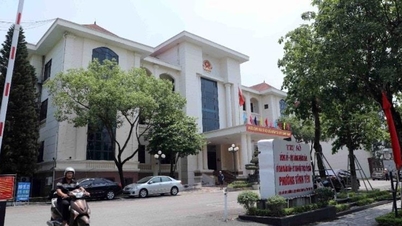
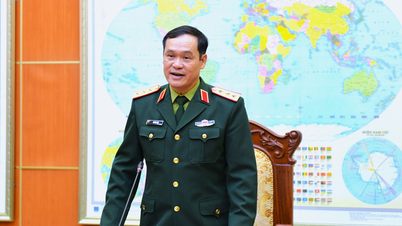

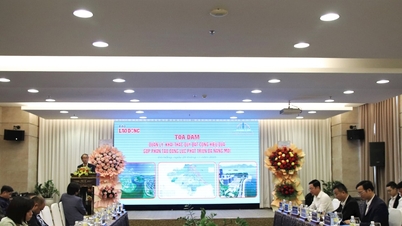















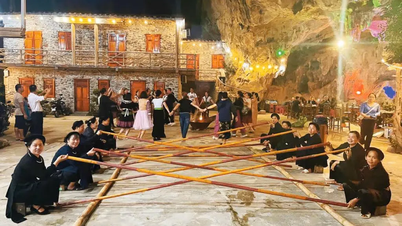

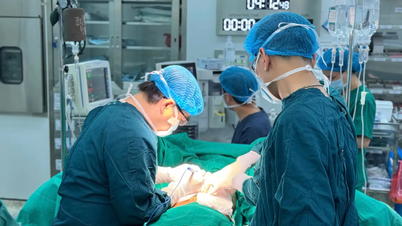
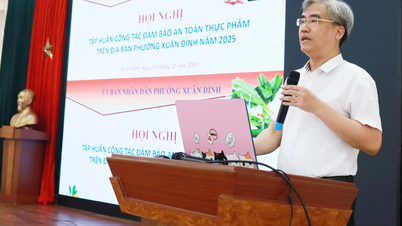
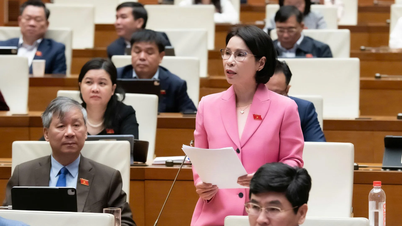
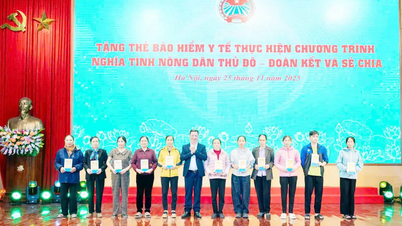

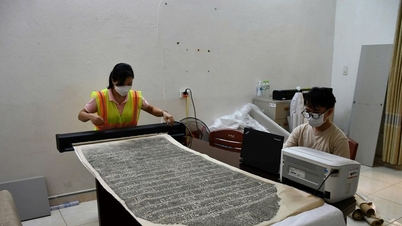




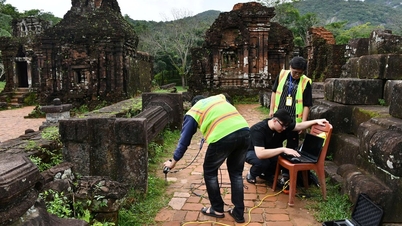
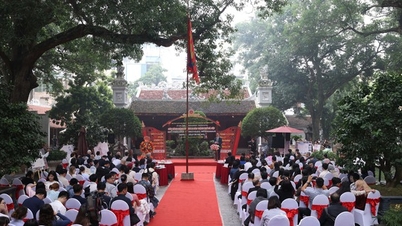


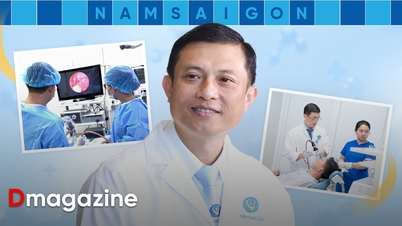

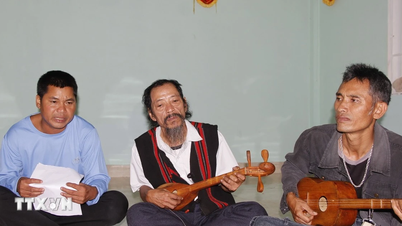



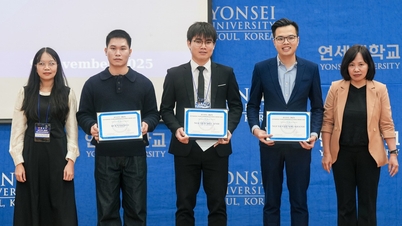

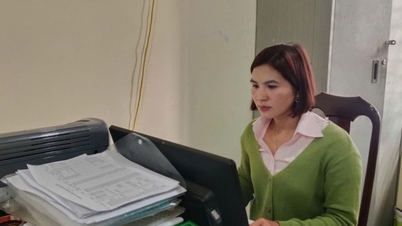

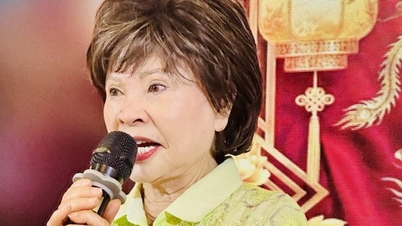

![[VIMC 40 days of lightning speed] Da Nang Port: Unity - Lightning speed - Breakthrough to the finish line](https://vphoto.vietnam.vn/thumb/402x226/vietnam/resource/IMAGE/2025/12/04/1764833540882_cdn_4-12-25.jpeg)

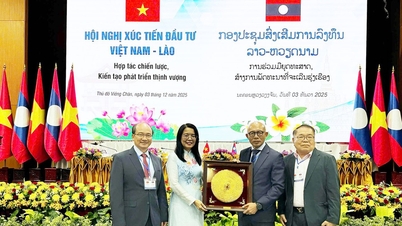
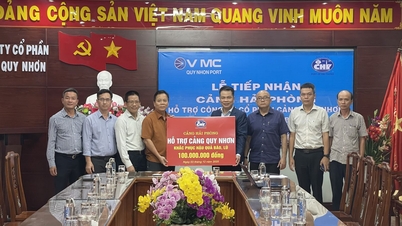
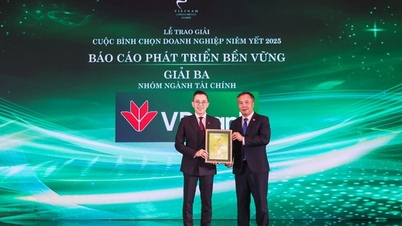
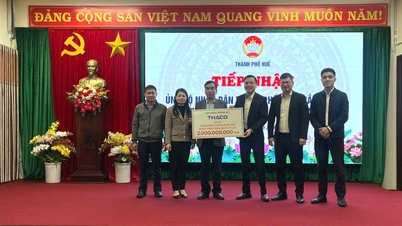

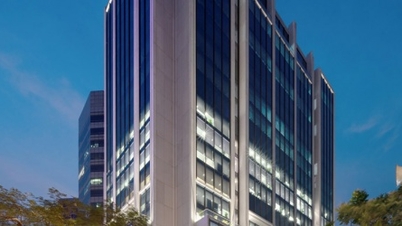







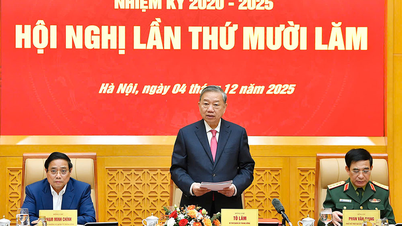
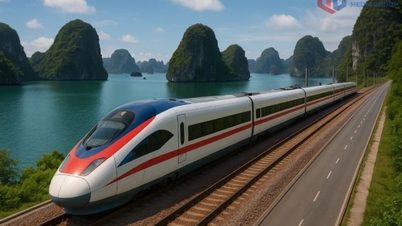

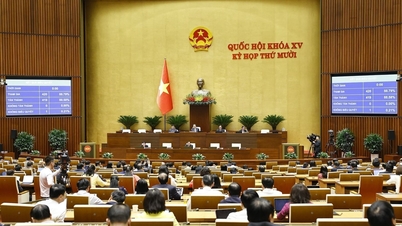
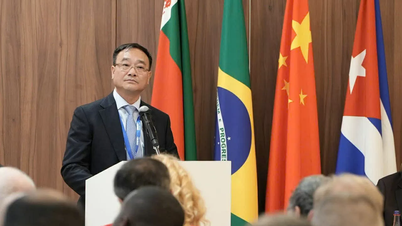

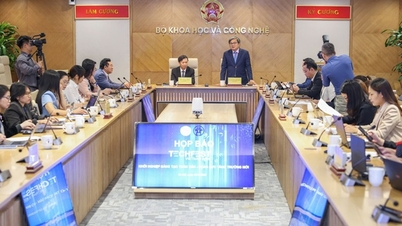



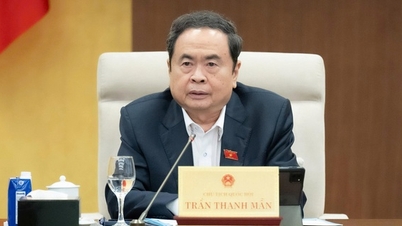
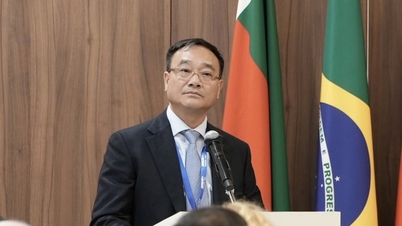
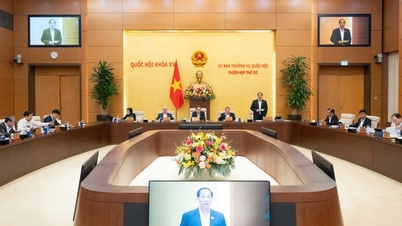
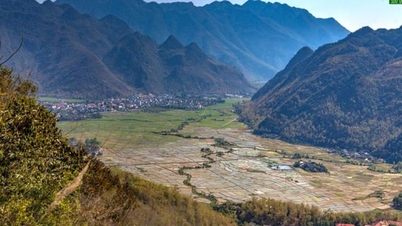
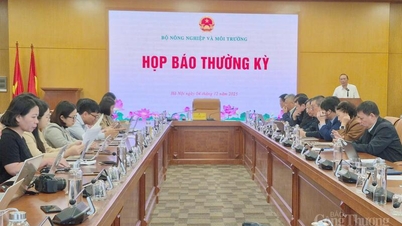


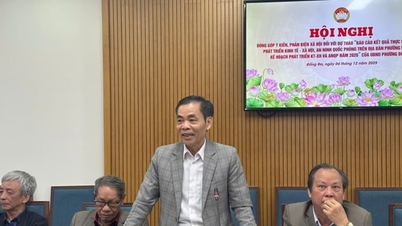

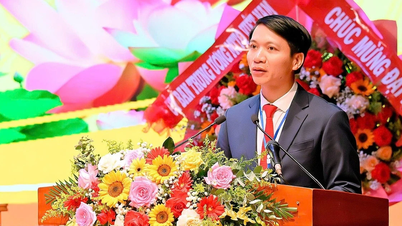

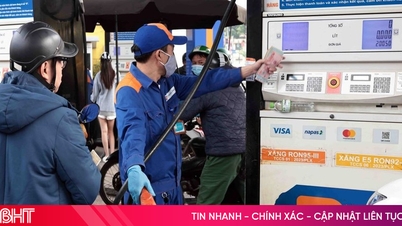
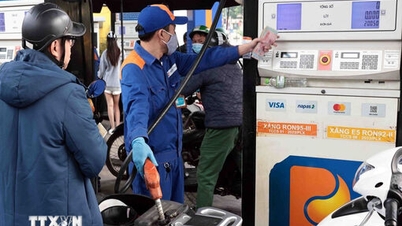

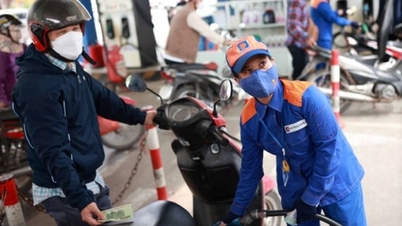












Comment (0)